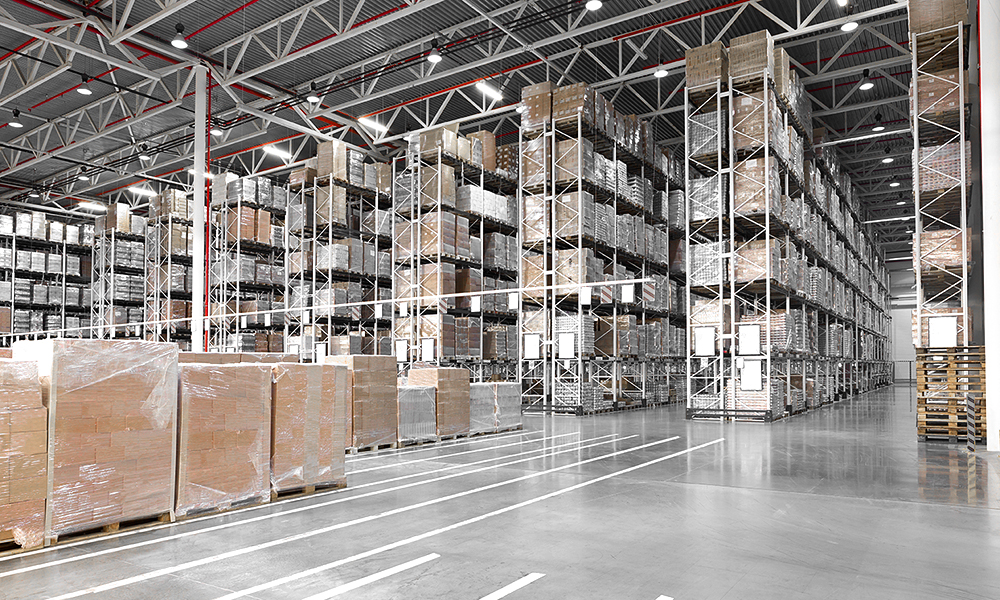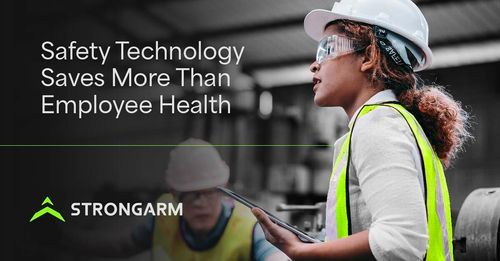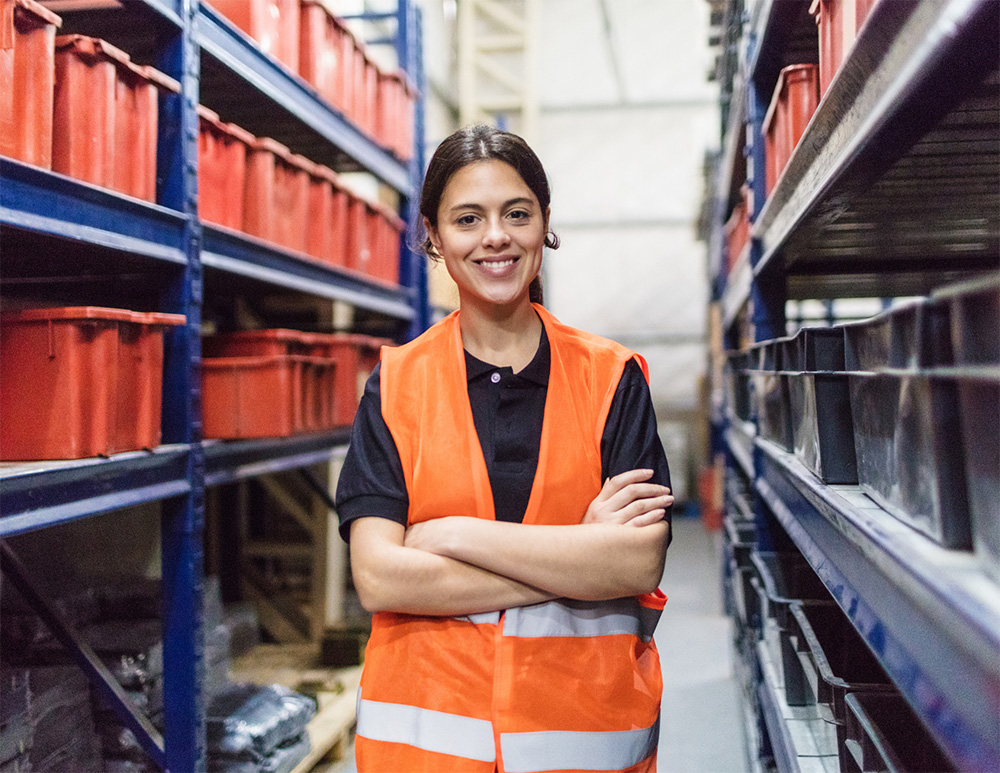Shifting Injury Risks: The New Landscape of Workplace Safety in Automated Warehouses
Across industries, the use of automation has surged as a transformative force, and the warehouse industry is no different. However, this transition is not without its challenges. While automation aims to reduce common workplace injuries such as overexertion and slips, it also introduces new risks.
In this blog, we delve into these complexities, examining both the benefits and the emerging challenges of automation. Additionally, we will explore effective solutions such as wearable technology and microlearning, which offer new ways to enhance injury prevention in the complex landscape of automated warehouses.
The Progression of Automation in the Industry
In the face of labor shortages and a never-ending quest for increased efficiency, the warehouse industry has been increasingly adopting automation, with Gartner predicting that by 2027, over 75% of companies will use automation in their warehouse operations. Driven by advancements in computer vision and machine learning, today’s robotics are more mobile than their predecessors and capable of operating alongside human laborers in a variety of novel working environments. The goal is to boost human productivity, improve accuracy, and reduce costs—all while enhancing workplace safety.
Common Types of Injuries that Automation Can Help Avoid
Major works in robotics and automation posit that, apart from the obvious increase in productivity, the main rationale behind robotization is its expected contributions to worker safety. The idea is straightforward: by using robots for hazardous or monotonous tasks traditionally performed by humans, the risk of workplace injuries can be significantly reduced, thereby protecting workers from potential harm.
Common warehouse injuries include overexertion, repetitive strain, slips, falls, and exposure to hazardous materials. Overexertion and repetitive strain injuries arise from continuous, strenuous physical activities or repetitive motions, while slips and falls are often the result of unsafe working surfaces or environments. Exposure to hazardous materials can occur in numerous settings, leading to a range of health issues. In theory, robotization can be used to maintain cleaner, more organized workspaces to decrease the likelihood of employee injury, or simply spare workers from the associated risks by handling the tasks themselves.
New Types of Injuries Presented in Automated Workplaces
While automation and robotics are theorized to improve safety and efficiency in the workplace, their introduction, particularly in warehouse settings, has actually brought forth new challenges and injury risks. In Amazon’s experience, data has shown that injury rates at robotic warehouses were consistently higher than at non-robotic ones. The reason behind this counterintuitive trend lies in the nuanced impacts of robotics on the work environment and processes.
Although robotics can reduce direct human involvement in hazardous tasks, thereby mitigating certain risks, they also introduce new challenges at the broader process level. Reduced task variety due to automation leads to less attentiveness among workers. Furthermore, the fast pace of operations, driven by robotic efficiency, can compel workers to prioritize speed over safety, thereby increasing the likelihood of accidents.
The integration of robotics into the workflow also brings specific new risks. A recent study found that, “While warehouse automation has the potential to reduce injuries by eliminating high-risk tasks, it may also increase injuries among remaining non-automated tasks, due to reduced task variety and an accelerated pace of work.” That same study found evidence that “warehouse robotics are associated with a 40% decrease in severe injuries but a 77% increase in non-severe injuries.”
This research sheds light on the changing state of worker safety in automated warehouses. Machine malfunctions can result in cuts, bruises, or more severe injuries if workers interact with or are in proximity to malfunctioning equipment. Additionally, the design of workstations, often oriented towards optimizing robotic performance, can neglect human ergonomic needs, leading to an increase in repetitive strain injuries. The rapid and continuous operation of machinery not only imposes physical demands but also contributes to increased cognitive strain. Workers responsible for overseeing and monitoring automated processes face mental fatigue and reduced alertness, heightening the risk of slips, falls, or operational mistakes.
Moreover, the nature of work in these automated settings often involves interacting with or being near heavy equipment and moving parts, introducing further hazards. The physical and cognitive demands placed on workers, combined with the pressure to maintain high productivity levels, underscore the complex safety landscape in automated warehouses.
How Technology and Microlearning Can Mitigate New Risks
Using technology and microlearning brings a dual approach to enhancing safety in automated work environments. Wearable safety technology like StrongArm’s SafeWork Wearable System can identify unsafe practices and provide real-time feedback to workers. This helps correct behaviors on-the-spot, significantly reducing the risk of injuries associated with automation such as repetitive strain.
Complementing effective safety technology, microlearning offers concise, targeted training modules directly relevant to immediate safety concerns. This approach ensures ongoing education without overwhelming workers, allowing for the seamless integration of safety practices into daily operations.
Moreover, data gathered from these technologies can spotlight specific areas needing further automation or safety enhancements. This data-driven strategy ensures that automation not only boosts productivity but also directly contributes to reducing workplace hazards.
Enhance Your Injury Prevention Programming
Ready to enhance your injury prevention programming?
At StrongArm, our mission is to keep Industrial Athletes™ safe through our SafeWork Platform—an end-to-end workforce optimization and risk management solution. Our safety wearables are programmed to detect dangerous bends and twists. Sensors help Industrial Athletes™ move their bodies safely so they don’t have to think about it, gathering data points while providing real-time haptic feedback to help correct unsafe behaviors.



